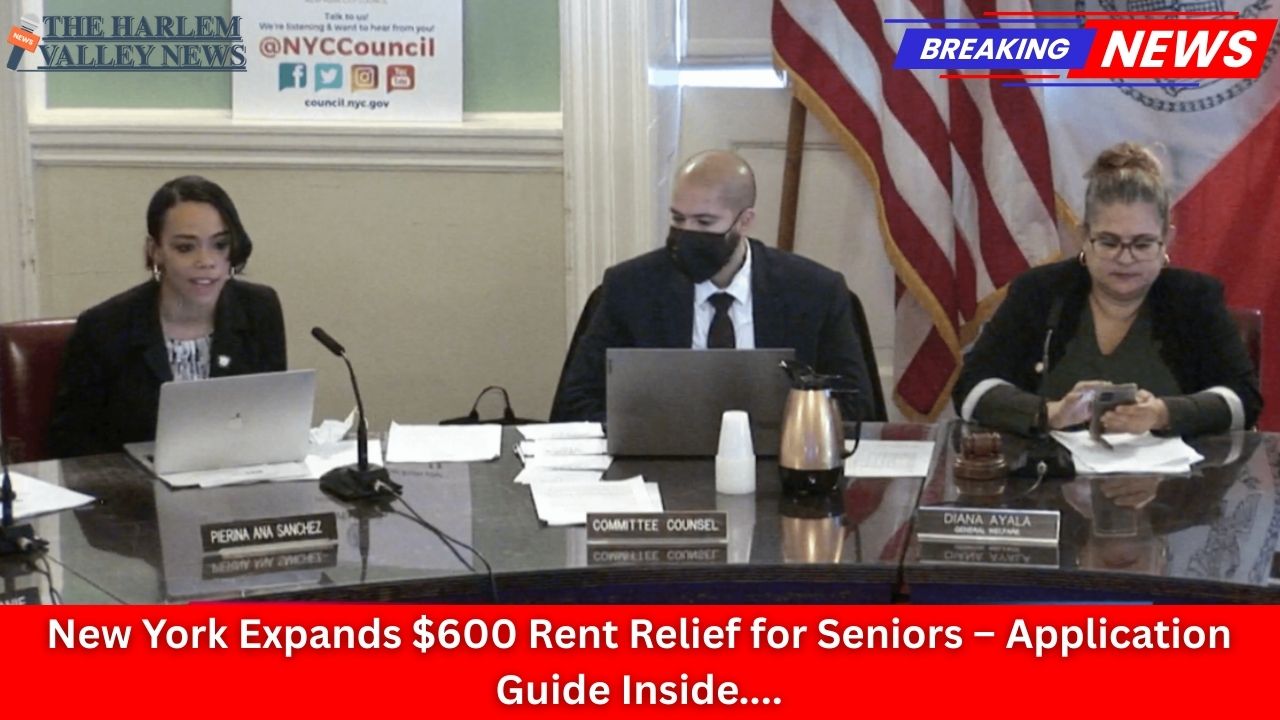New York, US: A flurry of social media posts and forward-email chains have claimed that every Social Security recipient will see an automatic $300 boost in their monthly benefits starting January 2025. With nearly 70 million Americans relying on Social Security for retirement, disability, or survivor benefits, the prospect of a significant increase has generated both excitement and skepticism. This article separates fact from fiction and explains what seniors and other beneficiaries can realistically expect next year.
The Claim: Universal $300 Bump in 2025
Over the past few weeks, several viral posts have asserted that Congress has approved a flat $300 increase for all Social Security checks. These messages typically feature a colorful graphic of a smiling retiree alongside text proclaiming “Every senior gets $300 more per month in 2025—no exceptions!” Some versions even urge readers to “share this good news” and warn they might miss out if they don’t pass it on immediately.
The Reality: Cost-of-Living Adjustment (COLA) Explained
Social Security benefits are adjusted annually through a Cost-of-Living Adjustment (COLA), which is tied to changes in the Consumer Price Index for Urban Wage Earners and Clerical Workers (CPI-W). The Social Security Administration announces the COLA each October, based on inflation data compiled by the Bureau of Labor Statistics. For 2025, officials project a COLA in the range of 3.5% to 4%, depending on the final CPI-W figures released later this year.
-
A 4% COLA on the average retired worker’s benefit of $1,800 per month amounts to about $72 extra per month—far below the $300 figure circulating online.
-
Even with the highest plausible inflation scenario, a COLA cannot legally exceed what the CPI-W indicates, and there is no legislative mechanism that would grant a flat $300 increase to all recipients.
Why the $300 Figure Gained Traction
Misinformation tends to spread when it triggers hope or fear. In this case:
-
Emotional Appeal: Seniors living on fixed incomes closely watch any hint of increased support, so bold claims of a large raise attract attention.
-
Forward-Email Culture: The cycle of sharing makes it hard to trace the original source, and messages omit verification steps.
-
Misinterpretation of Legislative Proposals: Occasionally, bipartisan bills are introduced proposing supplemental payments or one-time bonuses for low-income retirees, but these bills rarely advance past committee stage and never guarantee universal payment.
What Congress Is Actually Discussing
While no law has been passed to deliver a uniform $300 monthly boost, lawmakers in both parties have considered targeted relief:
-
Supplemental Payment Proposals: Some legislators have proposed one-time supplemental checks—ranging from $250 to $500—to seniors whose benefits fall below the poverty line.
-
Medicare Premium Subsidies: Discussions include expanding subsidies to offset rising Medicare Part B premiums, which indirectly help maintain retirees’ purchasing power.
-
Expansion of the Social Security Trust Fund: Long-term reforms aim to shore up the trust fund but do not translate into immediate benefit increases.
None of these measures equates to an across-the-board $300 raise. They focus on either one-time assistance or targeted aid for the most vulnerable recipients.
What Beneficiaries Should Do
If you receive Social Security, keep these points in mind:
-
Watch Official Announcements: The Social Security Administration will publish the official COLA for 2025 on its website and mail notices to millions of beneficiaries this fall.
-
Ignore Viral Graphics: Do not alter your financial plans based on unverified social media posts or chain messages.
-
Consult Reliable News Outlets: Established news organizations and government sites will provide accurate information once the COLA is announced.
-
Be Wary of Scams: Fraudsters often use false benefit increases to lure seniors into phishing scams or to steal personal data. Never click on unsolicited links claiming to confirm your payment.
Looking Ahead to 2025
Based on current inflation forecasts, beneficiaries are more likely to see an increase of around $60 to $80 per month, not $300. While every bit of additional support helps, it’s crucial to ground planning and expectations in official figures.
Elder advocates continue to push for stronger cost-of-living protections and targeted relief for low-income retirees. However, sweeping, guaranteed $300 hikes remain absent from the legislative agenda.
As January 2025 approaches, mark your calendar for the official COLA announcement, review any mailed notices from the Social Security Administration, and direct friends or family members who forward dubious graphics to trustworthy sources. That way, everyone can separate hopeful rumors from hard facts and make informed decisions about retirement finances.
















Leave a Reply